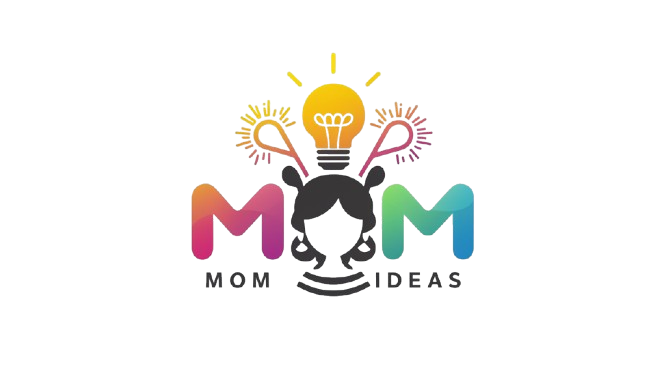Recent advancements in treatment approaches have illuminated new paths to relief when navigating the complex world of orthopedic pain. The convergence of cutting-edge technology and holistic care methodologies offers promising noninvasive options. These innovations address pain and enhance overall patient well-being by providing tailored solutions. By understanding and utilizing these modern advancements, patients can experience significant improvements in their quality of life. Explore this orthopedic center for more specialized orthopedic care, providing comprehensive, patient-focused solutions.
Introduction to Modern Pain Management
Pain management within the field of orthopedics has transformed significantly over the years. Instead of heavily relying on medications or invasive procedures, there’s now a spotlight on holistic and technology-assisted methods. These innovative solutions target the root causes of pain rather than merely treating symptoms, ultimately leading to more sustainable and effective relief. As healthcare shifts towards more personalized treatment options, the emphasis on understanding patient-specific needs grows, granting individuals more say in their treatment paths. By integrating these novel approaches, patients achieve better outcomes and experience enhanced overall well-being. You can visit the Orthopedic Centers of Colorado for more information on patient-centered orthopedic care and various treatment options.
Non-Surgical Options for Pain Relief
The shift towards non-surgical methods in orthopedics showcases the commitment to safe and effective treatment options. At the forefront of these alternatives is physical therapy, a cornerstone in the non-surgical treatment arsenal. Through customized exercises and rehabilitation programs, physical therapy strengthens muscle groups and improves joint function, reducing pain and increasing mobility over time. Additionally, innovative techniques in regenerative medicine, such as platelet-rich plasma (PRP) therapy, have gained traction. These methods aim to heal tissues from within, promoting natural recovery processes without surgical intervention, thus minimizing patient risk and downtime.
The Role of Technology in Pain Management
Technology has dramatically reshaped the landscape of orthopedic pain management by introducing precise diagnostic tools and treatment options. Advanced imaging techniques allow healthcare providers to pinpoint issues accurately, facilitating targeted and effective treatment plans. Telemedicine, another technological boon, expands access to specialist consultations, enabling ongoing care without geographical constraints. This ensures continual patient support and monitoring, thereby enhancing treatment adherence and outcomes. Discover how technology transforms healthcare, illustrating how these innovations contribute to a more effective and individualized approach to pain management.
Holistic and Alternative Treatments
Holistic practices have become essential components of comprehensive pain management strategies. These natural and alternative therapies, including acupuncture, yoga, and mindfulness, address both the physical and psychological dimensions of pain. By focusing on the body’s holistic wellness, these practices promote a balanced approach to health. Acupuncture has been acknowledged for its efficacy in reducing pain levels by stimulating the body’s natural pain-relieving mechanisms. Similarly, yoga incorporates physical postures, breathing exercises, and meditation, offering a multi-faceted approach to improving physical strength while reducing stress and anxiety, which are often intertwined with chronic pain.
The Importance of Patient-Centered Care
Patient-centered care is more than a buzzword; it represents a fundamental shift in healthcare practice. This approach places the patient’s needs, preferences, and values at the forefront of decision-making. Healthcare providers foster a collaborative environment that enhances trust and compliance by engaging patients in developing their treatment plans. The tailored care model raises the standard of care and improves patient satisfaction and treatment success. Engaging patients in meaningful discussions about their care elevates their experience and leads to more effective pain management.
Multidisciplinary Treatment Plans
Incorporating a multidisciplinary approach to pain management leverages the expertise of various specialists to address the diverse aspects of a patient’s health. A more comprehensive treatment plan can be crafted by integrating the insights of orthopedic surgeons, physical therapists, nutritionists, and mental health professionals. This team-based strategy ensures that every element of the patient’s condition is considered, resulting in a thorough and effective care plan. This model’s collaborative nature improves treatment outcomes and enriches the patient experience by providing a more supportive and coordinated healthcare journey. Learn about the benefits of multidisciplinary care and see how this approach enhances effectiveness and patient satisfaction.
Lifestyle Modifications and Pain Management
Embracing lifestyle changes plays a critical role in managing and mitigating pain. Implementing a nutritious diet and maintaining regular physical activity can significantly affect an individual’s pain levels and general health. Furthermore, stress reduction techniques, including mindfulness and meditation, have been proven to lessen pain perception by promoting relaxation and emotional well-being. These small yet impactful shifts towards healthier living habits can lead to marked improvements in the frequency and intensity of pain episodes, demonstrating the profound effect of lifestyle choices on chronic pain management.
Real-Life Examples of Successful Pain Management
Consider the inspiring journey of a patient suffering from chronic back pain who turned their life around through a blend of conventional and alternative therapies. By integrating physical therapy exercises into their daily routine and adopting mindfulness practices, they managed not only to gain relief from their persistent pain but also to enhance their quality of life. Such success stories exemplify the potential of comprehensive pain management strategies that harmonize various treatments, proving that adequate pain relief and management is achievable with a multi-dimensional approach.




